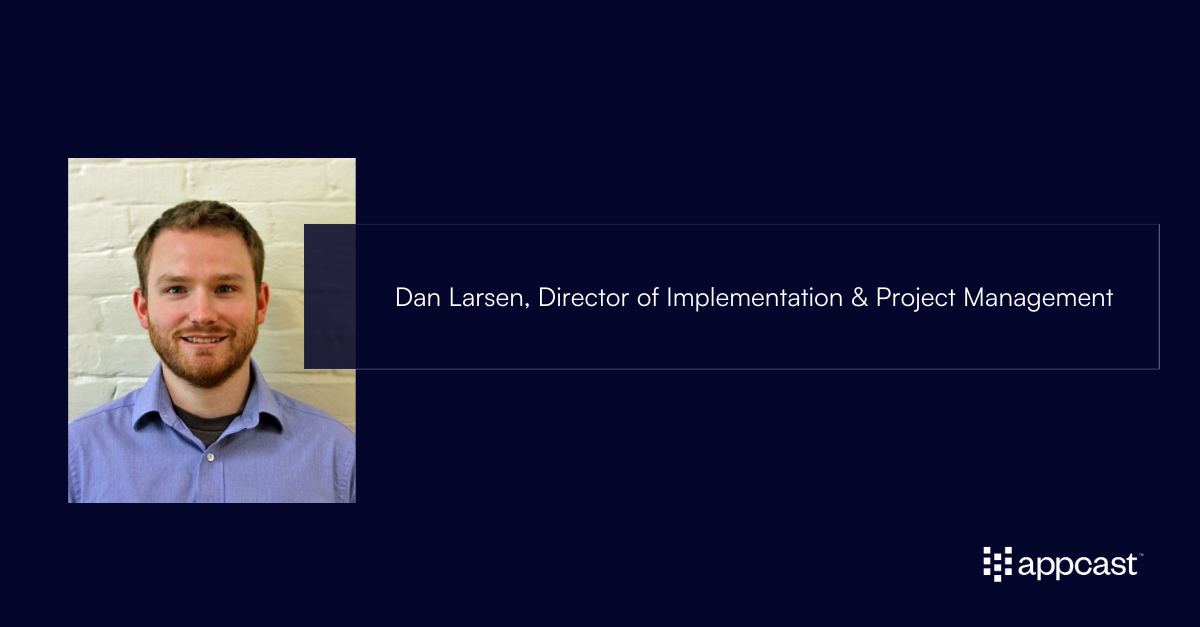The tight labor market and competitive nature of recruiting since 2020 sent key costs like cost-per-application and cost-per-click skyrocketing. The imbalance between supply and demand has upended the recruitment industry, but some changes in 2022 may indicate that brighter skies are ahead.
Labor supply climbing
Labor supply has struggled to return to pre-pandemic levels, but 2022 saw a promising rebound. After two years of dismal participation, the prime-age labor force expanded by 0.5 percentage points (2.5 million workers) from December 2021 to December 2022. In the first month of 2023, that trend continued – prime-age labor force participation rose to 82.7%. Granted, the talent market is still wanting: the pre-pandemic labor force participation rate was 83%. Nonetheless, 2022’s recovery is a good sign for things to come. What lured these job seekers back?
Benefits of a tight labor market
The tight labor market that has plagued recruiters has created a true worker’s market. Competition for talent is so strong that job seekers face a bevy of employment options featuring impressive pay offerings and new benefits.
In 2022, empowered by their high demand, workers searched for new opportunities and found them, gaining wages during the switch. Nominal wage growth was strong (though slowing) throughout 2022 and into the first month of 2023. Hearing about historic wage gains, workers on the sideline would have been remiss to not at least dip their toe into this tight market for talent.
New benefits also made workplaces more accessible to some groups. The national movement towards remote work that continued into 2022 allowed for workers with disabilities and parents caring for young children to participate in the labor market. After COVID, working from home became more prevalent. To the chagrin of some employers, the trend has been hard to shake. Employees enjoy the flexibility that working from home affords them and in this tight market, companies have to be very in touch with job seekers’ needs and motivations while recruiting. Working from home is just one example of how workers and job seekers are leveraging their power in the tight market.
Economic uncertainty
But the tight market was not the only thing at play in 2022. In future years, it will be hard to separate last year from its main economic story: inflation.
Prices rose at the fastest pace in decades (at their worst point, up 9.1% from the year before), wreaking havoc across the economy. Price increases, which began with skyrocketing energy prices, found their way into every depth of the economy, shifting the average worker’s economic situation. The historic nominal wage gains mentioned above? For many workers, they were completely erased by this wave of inflation.
But even as prices rose, consumers continued to spend robustly – historic inflation could not dampen demand. Consumers dipped into savings to fund this strong spending, quickly depleting some of the pandemic-driven glut in savings.
The economic uncertainty created by inflation pulled sidelined workers back into the labor force.
What did this do for recruiting costs?
Since the pandemic, recruiters have been dealing with uber-high recruiting costs on top of strong competition for workers. In 2022, cost-per-application (CPAs) fell and leveled off. CPAs in December of 2022 were down nearly 22% from the same month the year before, at $25.14. These costs remain elevated from pre-pandemic levels, but acquiring new candidates and applications was more cost-effective in 2022 than the year prior.
CPAs softened partly because of the hike in apply rates in 2022. The return of serious job seekers brought the apply rate to its highest point of the 2020s so far. Though recruiters still faced tight competition from other companies, there were more potential candidates.
Looking ahead
Already, 2023 is shaping up to be an interesting year for inflation dynamics, the labor market, and, of course, recruiting.
In January, the labor market added a breathtaking 517,000 net new jobs. Its strength is not only holding up against inflationary pressures and monetary tightening, it’s growing. As a bonus for recruiters, the labor force participation rate ticked up again. Additionally, inflation shows promising signs of softening, but there are still many challenges for the Federal Reserve to work around.
The Fed is eyeing the tight labor market with distrust: bringing down inflation completely, in their mind, includes cooling demand in the labor market to bring down wage growth (and therefore services prices). Cooling demand would mean subdued competition for recruiters (if they have roles to recruit for).
So far, though, inflation has retreated while the labor market remains sturdy. Recruiters in most industries have felt little reprieve beyond the fall in CPAs; so these tight conditions could prove more resilient than expected.
For deeper insights into trends in the recruitment space, download Appcast’s 2023 Recruitment Marketing Benchmark Report.
** This blog was originally published on Recruitonomics.com on February 7, 2023. View the original blog here.



